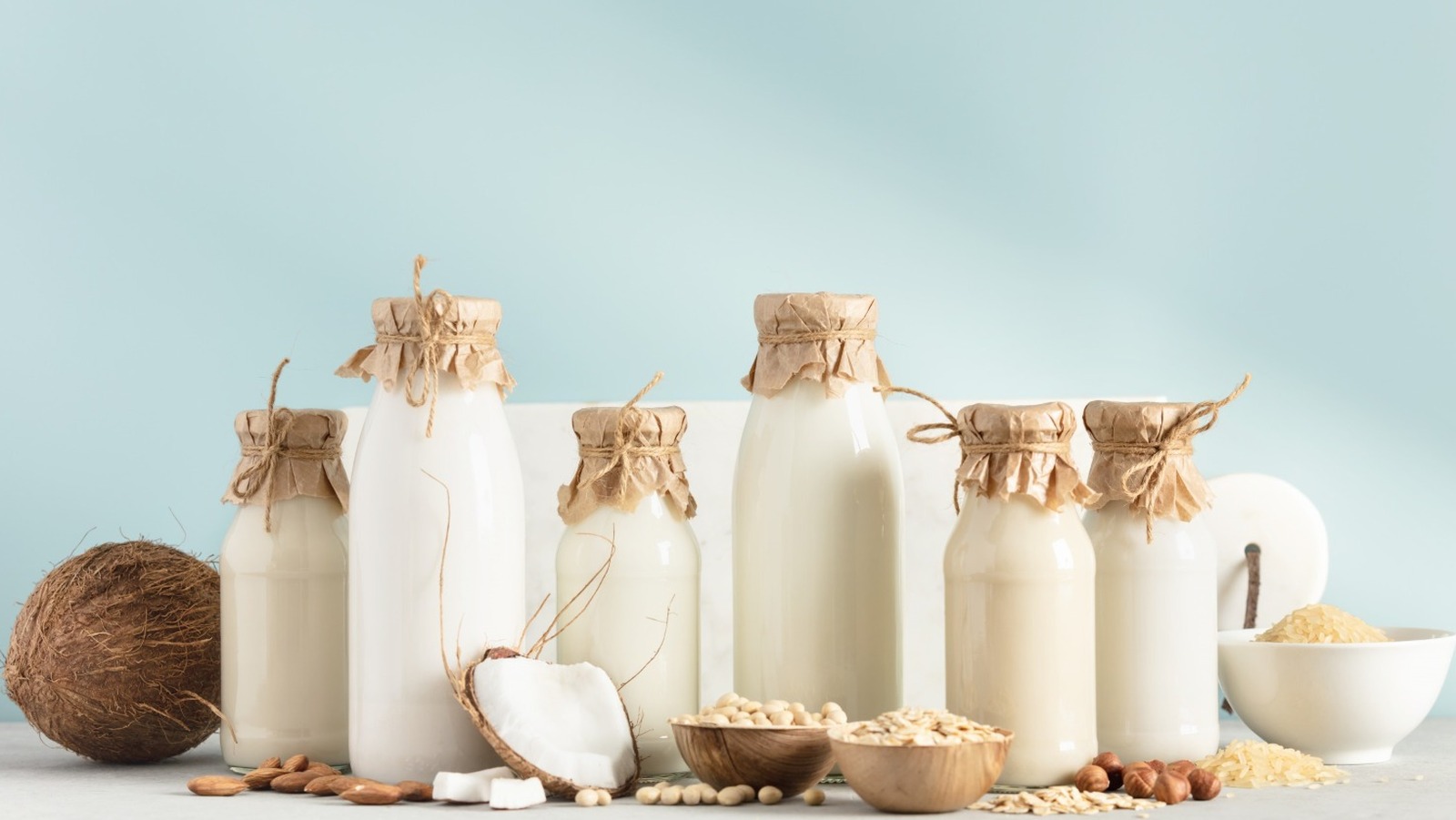johnbowe.info – Milk is a staple in many diets around the world, but the type of milk consumed can vary greatly depending on the region. From cow’s milk to more exotic options like camel or yak milk, each type offers unique flavors, nutritional benefits, and culinary uses. Embark on a tasting adventure as we explore the diverse world of milk varieties.
1. Cow’s Milk: The Global Staple
Cow’s milk is perhaps the most widely consumed type of milk worldwide. It is rich in calcium, protein, and essential vitamins. Cow’s milk comes in several forms, including whole, skimmed, and semi-skimmed, catering to different dietary preferences. Its neutral flavor makes it versatile for use in cooking and baking.
2. Goat’s Milk: The Tangy Alternative
Popular in many parts of the world, goat’s milk is known for its slightly tangy flavor and creamy texture. It is easier to digest for some people due to smaller fat globules and lower lactose content. Goat’s milk is a key ingredient in many cheese varieties, such as chèvre and feta.
3. Sheep’s Milk: The Creamy Delight
Sheep’s milk is a rich and creamy alternative to cow’s milk, often used in the production of gourmet cheeses like Roquefort and Pecorino Romano. It has a higher fat content and is packed with vitamins and minerals. Sheep’s milk yogurt is also a popular choice for those seeking a thick, luscious texture.
4. Buffalo Milk: The Nutrient Powerhouse
Buffalo milk is primarily consumed in South Asia, particularly in India and Pakistan. It is thicker and creamier than cow’s milk, with a higher fat and protein content. Buffalo milk is used to make traditional dairy products like paneer and ghee, as well as the famous Italian mozzarella cheese.
5. Camel Milk: The Desert Elixir
Camel milk is a staple in Middle Eastern and African countries. Known for its slightly salty taste and thin consistency, it is rich in iron, vitamin C, and antioxidants. Camel milk is gaining popularity worldwide for its purported health benefits, including anti-diabetic properties.
6. Yak Milk: The Himalayan Treasure
In the high altitudes of the Himalayas, yak milk is an important source of nutrition. It is rich in fat and has a slightly sweet, aromatic flavor. Yak milk is used to make butter, cheese, and a traditional tea known as butter tea, which is a staple for many Himalayan communities.
7. Plant-Based Milks: The Modern Choice
For those who are lactose intolerant or choose to follow a plant-based diet, plant-based milks offer a wide array of options. Almond, soy, oat, and coconut milks are among the most popular, each with its unique flavor profile and nutritional benefits. These milks are often fortified with vitamins and minerals to mimic the nutritional content of cow’s milk.
Conclusion
Exploring the variety of milk available around the world opens up a new realm of culinary possibilities and nutritional benefits. Whether you’re seeking the familiar taste of cow’s milk or venturing into the exotic flavors of camel or yak milk, there’s a world of milk waiting to be discovered. So, take a sip and enjoy this global tasting adventure!

